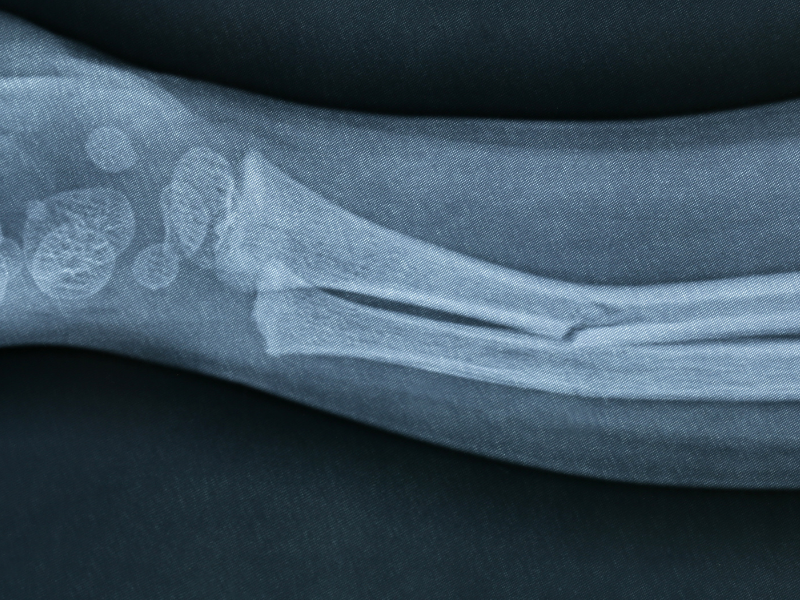In an emergency, especially when professional help isn't immediately available, knowing how to stabilize a broken bone or treat a dislocation can be life-saving. This guide explains wilderness techniques for managing fractures and dislocated joints.
Understanding Fractures
Fractures are categorized into two main types:
- Open Fracture: A bone protrudes through the skin, and there’s an open wound.
- Closed Fracture: The bone is broken but there is no open wound.

For an open fracture, avoid excessive manipulation of the bone to prevent damage to nerves or blood vessels. If you observe swelling, numbness, or discoloration below the fracture, this could indicate a severed blood vessel. In such cases:
- Control internal bleeding by applying pressure if safe.
- Allow the patient to rest and keep them hydrated.
- If you must reposition the bone, use natural supports like a tree notch to stabilize the limb while you carefully adjust.
How to Make a Splint in the Wilderness
If a fracture occurs in a muscular area, such as the thigh, you will need to create a splint to stabilize the bone until professional help is available. Follow these steps:
- Gather Materials: Use two forked branches or saplings at least 5 cm in diameter. Measure:
- One branch from the armpit to 20-30 cm beyond the unbroken leg.
- The second branch from the groin to 20-30 cm beyond the unbroken leg.
- Pad the Splints: Use cloth or soft material to pad the splints for comfort.
- Attach a Cross Member: Notch the ends of the branches and lash a 20-30 cm branch between them for support.
- Secure the Splint: Tie the splints around the body and along the broken leg using vines, cloth, or rawhide.
- Apply Traction:
- Create a wrap around the ankle and tie its ends to the cross member.
- Place a stick in the center of the wrap and twist it to apply traction until the broken leg is the same length or slightly longer than the unbroken leg.
- Secure the stick to maintain traction.
- Check traction periodically as materials may weaken over time. If repairs are needed, maintain traction manually during adjustments.
Source: Wilderness Survival
How to Treat Dislocated Bones

A dislocation occurs when bones separate at a joint. Signs include:
- Tenderness along the joint
- Swelling and discoloration
- Limited range of motion
- Deformity in the joint area
Steps to Reposition a Dislocated Joint:
- Use light, steady traction (simple weights can help) to gently pull the bones back into place.
- Once repositioned, the pain should decrease, and circulation should improve.
- Immobilize the joint using a splint to allow proper healing. Keep the joint stable for several days.
Seek Professional Help
These techniques are intended for emergency situations where professional assistance is not immediately available. Always seek medical help as soon as possible to ensure proper treatment and healing. For reliable first aid supplies, check out our Ultimate First Responder First Aid Kit.
Recommended Resource: Emergency War Surgery: The Survivalist's Medical Desk Reference













